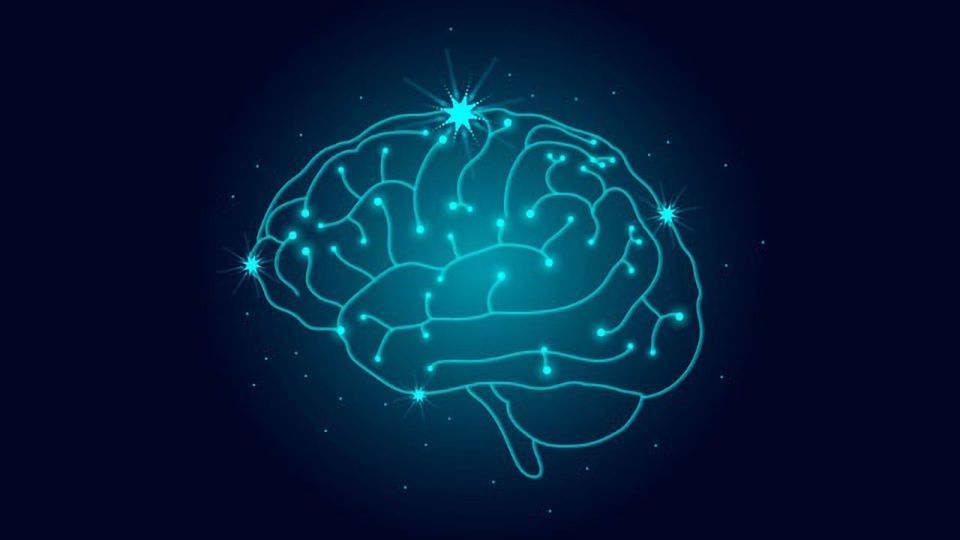Fluorescence Trapped in Ribosomes for More Specific Brain Imaging

Complete the form below to unlock access to ALL audio articles.
Here’s the big question in modern neuroscience: how does structure and activity in the brain relate to function? One of the major ways neuroscientists study the dynamics of those relationships is by measuring neural activity through fluorescent imaging in the mouse brain, a process made difficult by the density of brain tissue and its interwoven and overlapping nerve fibers. Researchers at the Buck Institute, in a team effort with collaborators at the University of California, San Francisco, have developed tools that make it easier to ask that big question by making the imaging of neural circuits easier and more precise.
Led by Buck assistant professor Jennifer Garrison, PhD, researchers utilized the ribosome, a large “machine” within the cell that makes proteins, to anchor sensors in the cell body, or “soma”. Neurons have a unique architecture, with fibers that branch off the soma called axons and dendrites. These fibers often account for over 90% of the cell’s volume. When fluorescent proteins spread throughout all parts of a neuron, and that neuron is embedded in brain tissue that is densely packed with other neurons and their intermingled branches, it can be tricky to separate signals from individual cells.
In this study researchers showed that a nanobody tethered to a subunit of the ribosome can be used to trap green fluorescent protein (GFP) in the soma and exclude it from axons and dendrites, enabling direct visualization of previously undetectable low levels of fluorescence. They also tethered genetically-encoded calcium sensors (GCaMPs) to the ribosome to trap them in the cell body. Calcium channels open when a neuron is activated, making changes in calcium levels a proxy for neuronal activity. The new riboGCaMP tool can track calcium dynamics within the somas of intermingled neurons, while eliminating contaminating cross-talk from tangled networks of nerve fibers in the tissue.
“It’s a twist that adds functionality to the existing molecular imaging toolbox used by neuroscientists,” said Garrison, adding that current imaging techniques often require the use of many analytic tools to clean up imaging data after it is collected. “In the mouse it solves the problem of getting rid of that background fluorescence and spurious activity coming from surrounding axons and dendrites. We think this will be widely useful for the community, which is exciting.”
Garrison says ribo-GCaMP can be used for long-term imaging experiments in the mouse brain, given that the ribosome is reliably expressed over time in the cell body. “It’s possible to go back and image the same neurons for up to six months, which is really helpful when you are imaging in a live animal – it allows us to longitudinally monitor neuronal activity the same animal, rather than looking at different cohorts over time.”
The tool also works in the nematode worm C. elegans, enabling whole-brain imaging with faster kinetics and brighter fluorescence. Currently most imaging in the worm brain employ GCaMPs localized in the nucleus, which is farther from the synapse where neuronal transmission occurs. “In both worm and mouse brains, you can measure neuronal activity at the population level. In worms, you can look at all neuronal dynamics at the level of the whole-brain, which is key to understand how neural circuits function” said Garrison.
Reference
Chen et al. (2020). Soma-targeted imaging of neural circuits by ribosome tethering. Neuron. DOI: https://doi.org/10.1016/j.neuron.2020.05.005
This article has been republished from the following materials. Note: material may have been edited for length and content. For further information, please contact the cited source.

